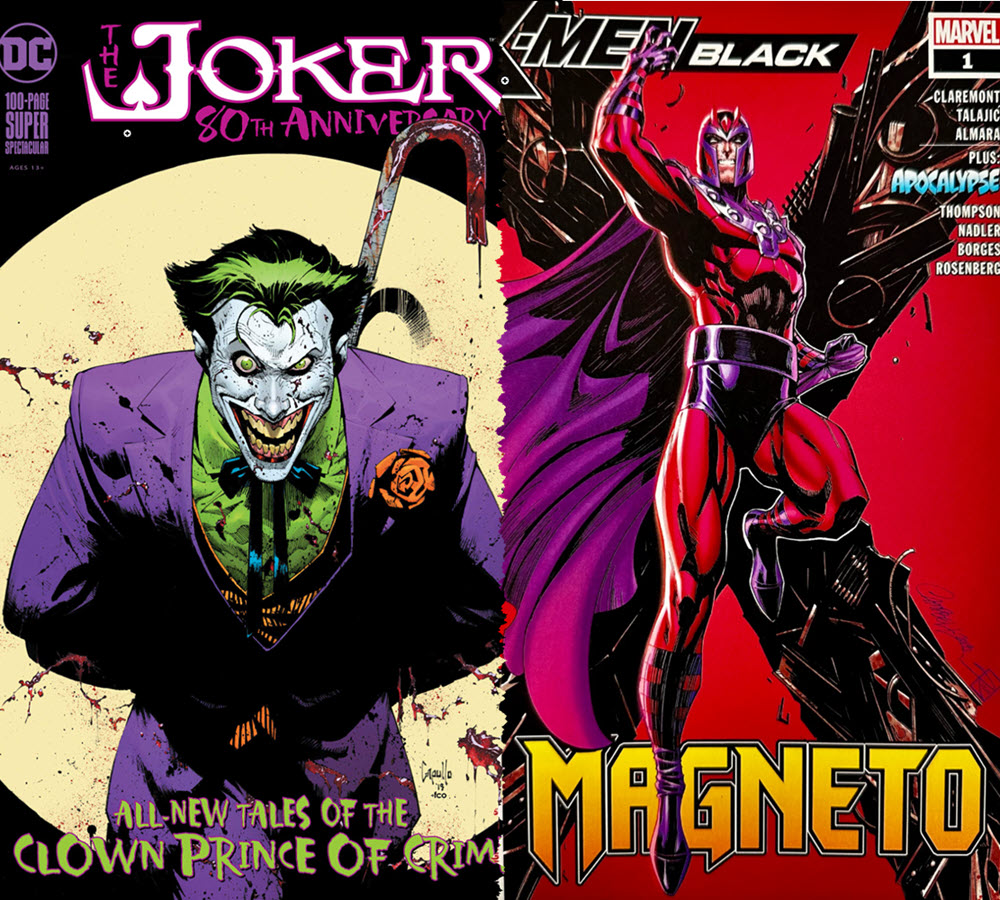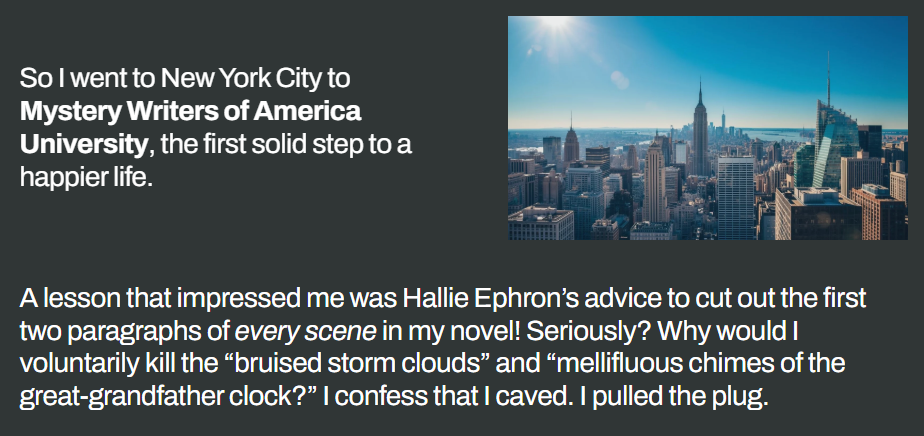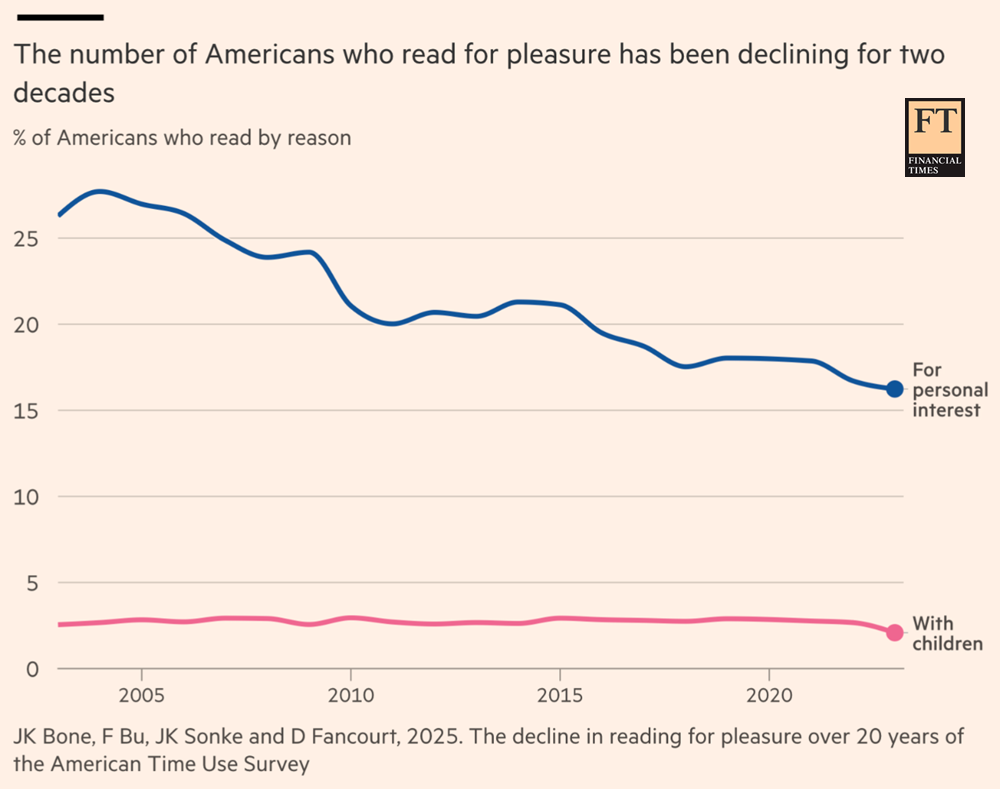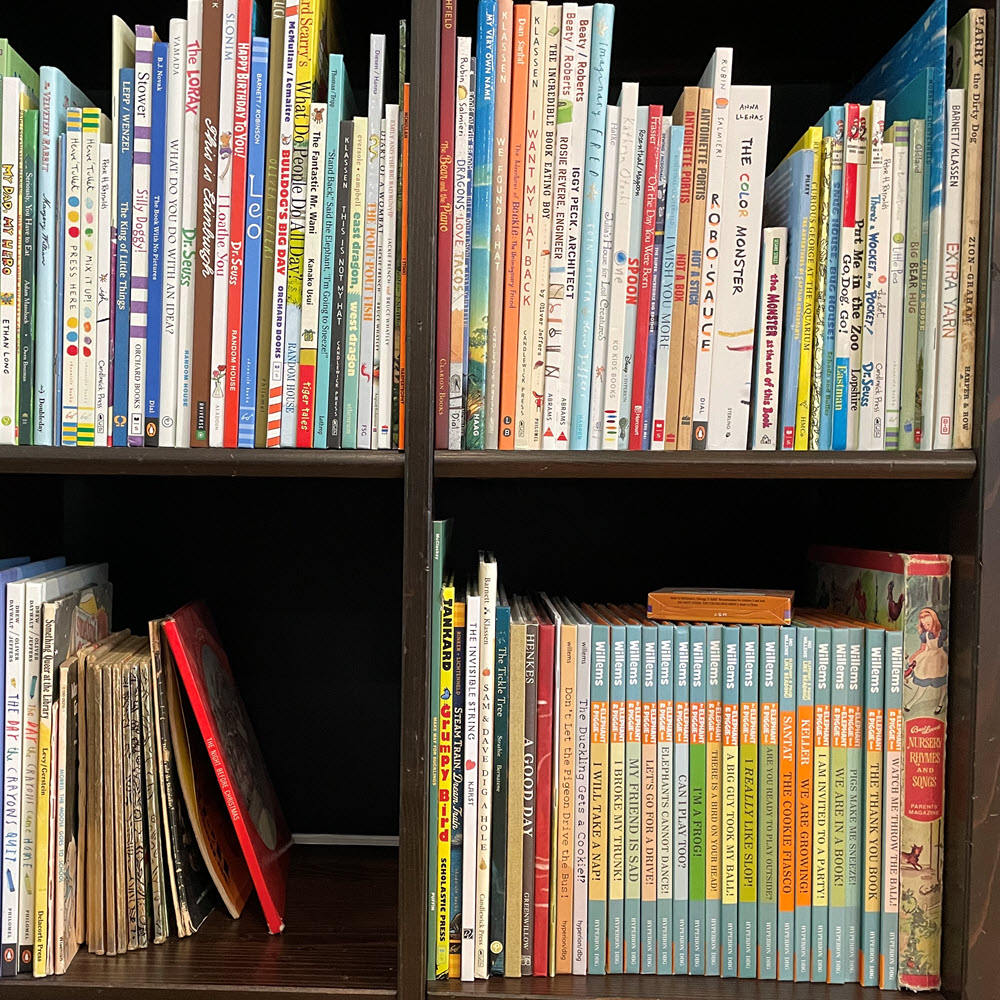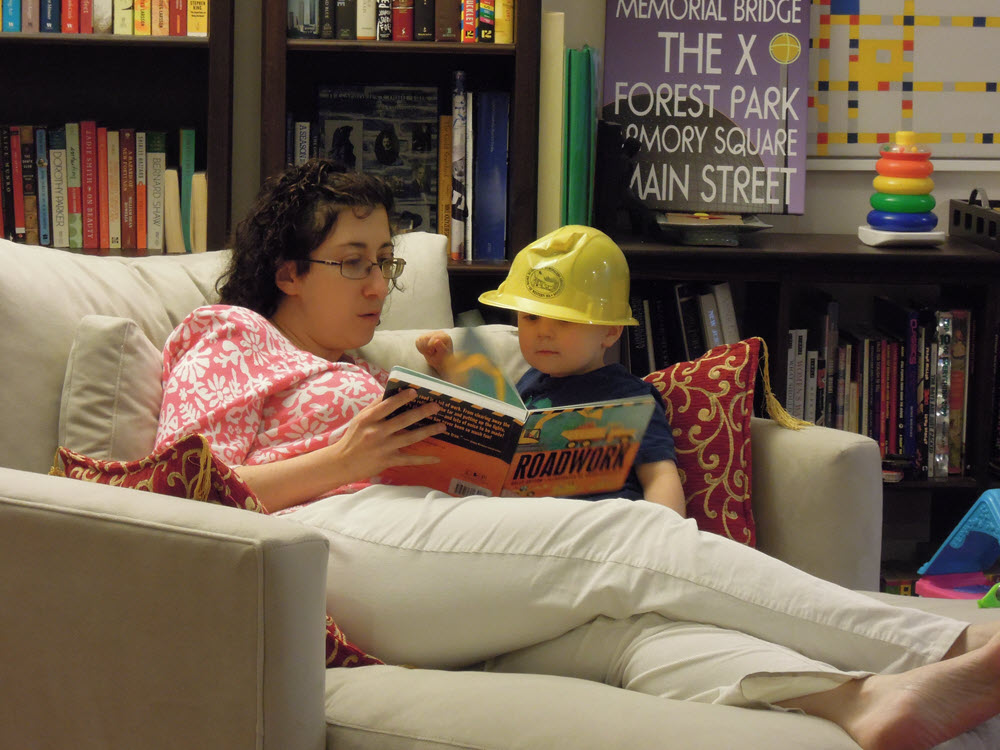Ignoring the fantastical elements of sci-fi, fantasy, and horror, striving for realism in stories is seen as a must. After all, anything that breaks the rules of your world and of human behavior is likely to jar readers out of your story. That said, stories shouldn’t be too much like real life, because unfiltered real life doesn’t generally make for good stories. Here are 6 ways that’s true:
1. Characters
Many writers base some of their characters on real-life people, including themselves. That’s obviously fine, and probably unavoidable. But too much fidelity invites problems (besides potential libel suits), because characters are meant to be so much better than real people.
“A character is no more a human being than the Venus de Milo is a real woman,” says Robert McKee in Story. “A character is a work of art, a metaphor for human nature. We relate to characters as if they were real, but they’re superior to reality. Their aspects are designed to be clear and knowable; whereas our fellow humans are difficult to understand, if not enigmatic.”
I have 25 pages of notes on the characters in my dystopian sci-fi trilogy, including more than a page about each of the major characters. They’re detailed, but all the details create an intentional effect, with no extraneous information to distract.
2. Dialogue
When you’re trying to improve your dialogue, eavesdropping on people in public isn’t nearly as educational as you might think, as Deborah Chester points out in The Fantasy Fiction Formula.
“The trouble is that most real-life conversation is meaningless, aimless social chatter,” she says. “It seldom gets to the point. It’s frequently boring, especially to listeners who aren’t participating. Real-life talk is filled with pauses, fumbling for words, fragments, gaps supplemented with gestures, and slang. When you try to copy any of that too closely in your fiction, you may find yourself stalled. Aimless dialogue keeps scenes from developing properly. Plots can’t move forward. The pacing lags.”
As a former journalist, I learned this lesson long ago. Even when you’re interviewing someone or they’re presenting on stage, unless they’re highly practiced, what they say is often full of imprecision, with lots of starts and stops and tangents, which is generally fine and doesn’t hurt basic comprehension. But we have much higher standards when it comes to the written word.
3. Accents
Related to dialogue, accents can be a real momentum killer—even a bit of a book killer. For instance, I’m a fan of Iain M. Banks’ sci-fi novels about the Culture, an advanced interstellar civilization. I’ve read almost all of them, except for Feersum Endjinn. It’s sitting on my bookshelf with a bookmark at the start of chapter 4. That’s as far as I could make it, because one of the POV characters speaks phonetically and it was just too much effort to slog through. Based on reviews, I wasn’t the only one that struggled with it.
So, take the advice of Hallie Ephron, who says in Creating Characters that “More than a touch of phonetically rendered dialect can be distracting and difficult to decipher. Not only that, dialect can turn character into caricature. Use the occasional phonetic version of a phrase to give the reader the flavor of how a character sounds, but do so sparingly. Trust the reader to mentally apply what you suggest to the remaining dialogue.”
In my sci-fi novel, I use dialect very sparingly, instead relying on other speech patterns and word choices to differentiate characters, as well as some local colloquialisms. I found Russian colloquialisms to be among the most amusing, including “balls of a swan,” which is an expression of surprise and disbelief. I also have a character who’s routinely drunk and he slurs his words, but his sentences are short and there’s plenty of context to move things along.
4. Signal-to-noise ratio
Most people’s lives are full of lots of conversations and events that don’t have much or any impact on their lives. The lives of characters have to be much tighter, with a very high signal-to-noise ratio.
“Our assumption is that if we don’t need to know it, the writer won’t waste precious time telling us about it,” says Lisa Cron in Wired for Story. “We trust that each piece of information, each event, each observation, matters … If it turns out that it doesn’t matter, we do one of two things: (1) we lose interest, or (2) we try to invent a consequence or meaning. This only postpones our loss of interest, which is then mingled with annoyance, because we invested energy trying to figure out what the writer was getting at, when the truth is, she wasn’t getting at anything.”
This is where editing comes in, and can be painful. This is where we kill our darlings that aren’t pulling their weight.
5. Clear goals
In real life, people’s goals are often unclear—sometimes even to themselves. But in stories, readers need to know what the protagonist is trying to achieve. Knowing the antagonist’s goal is also helpful.
“When our protagonist has a strong goal,” said Cae Hawksmoor in a recent issue of her Pagewake newsletter, “it’s like entering a destination into the GPS of our story. All of a sudden, the readers know where they’re going and can judge the main character’s progress.”
Of course, goals can change. In my trilogy, the goals of my three main characters change from book to book, as well as throughout each book as their circumstances change (generally for the worse). In Robert McKee’s Dialogue, he would refer to those more short-term goals as motivations or scene intentions. However, the core long-term need of each of my main characters doesn’t change over the course of the series. McKee refers to that as their super-intention.
6. Nothing is by chance
The human experience is intensely random. One of the reasons people read books is to escape that randomness. Readers like to see worlds that are orderly and follow rules, and characters who are able to exert some control. And while bad things can sometimes happen randomly, readers really don’t like it when good things happen randomly. “Deux ex machina!” they’ll cry. Readers want to see characters as the change-agents of their own lives and the lives of others. They don’t want to see acts of god.
Generally for the better, my characters make choices that have big impacts on those around them and ultimately the world. Those choices often come at a great personal cost.
To receive future posts or to become a Patron and support my dystopian sci-fi novel and get special thank-you goodies upon its publication, subscribe on Substack →
